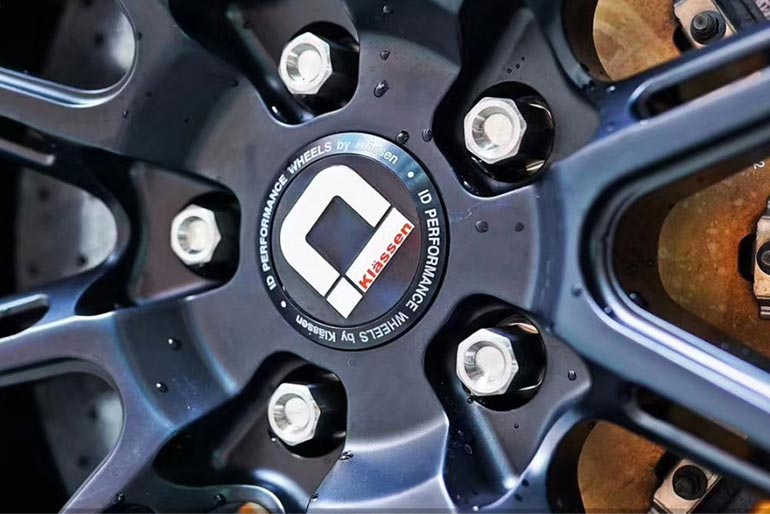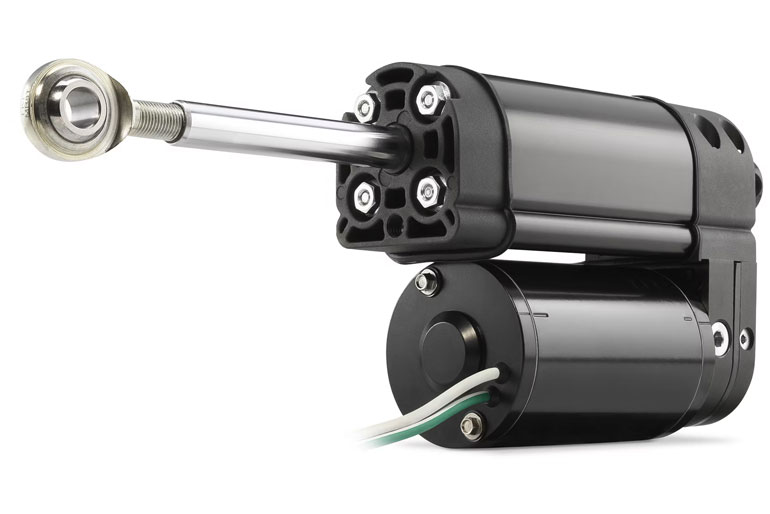Modern cars are evidence of how far technology has come. As you probably already know, these vehicles constitute several parts. With each new model released, manufacturers aim to optimize existing parts and add novel ones to boost performance.
For instance, previously, cars used carburetors. Today, modern vehicles have turned towards fuel injector systems because they’re better in terms of efficiency and fuel economy. The same can be said for other parts like hand cranks, distributors, generators — name them.
However, one component that has refused to go anywhere is the actuator. These devices are more or less perfect for automobiles, and manufacturers don’t seem to have — nor are they looking for — a better-performing alternative. The question is, why? Well, there are many reasons, as we’ll discuss in the below sections.
Simple Design Yet Profound Impact
At their core, actuators are relatively straightforward devices. Their primary job is to convert energy, whether electrical, hydraulic, or pneumatic, into motion. The energy they create can be channeled into linear motion, like pushing or pulling or rotational, as seen in spinning or turning actions. In most actuator devices, the setup typically involves the following:
- Motor or pump
- Rod or shaft
- Circuitry or fluid channels
You might wonder how the above are so essential to vehicles. Indeed, they seem rather too simple. However, the first upside is that simplicity means fewer parts that can go wrong. In other words, with fewer components involved, there’s a reduced chance of failure.
The above is a huge advantage for vehicles since reliability is essential for safety. Thanks to the straightforward design of actuators, cars can achieve consistent performance. Some of these motion devices are strong enough to operate under the most rigorous demands.
This blend of simplicity and functionality makes actuators a standout choice for manufacturers. As they operate, they provide precise motion without complexity that introduces potential points of failure.
Versatility In Application
Versatility is another top reason why linear actuators are perfect for automobiles. If you don’t know already, these motion devices come in various types, each with a unique fit and function. The common ones are electrical, hydraulic, and pneumatic.
On electric actuators, they are often the go-to for many modern vehicles. It’s understandable since they use electrical energy — just as the car itself. Manufacturers often employ these devices in areas that demand precise control and quick response. Consider window regulators, seat adjustments, and even some advanced steering mechanisms.
Turning to hydraulic actuators, these devices create motion using fluid dynamics. As a result, they’re powerful and reliable when demand is high. In vehicles, you’ll easily find these devices in brake systems and some suspension setups. Due to their strength, combined with smooth operation, they ensure even the heaviest automobile parts move seamlessly.
Pneumatic actuators, on the other hand, operate using compressed air. Today, they’re less common in standard vehicles. To see how functional they can be, you’ll need to check large trucks or specialized vehicles. Basically, these motion devices are workable for tasks where rapid bursts of energy are essential.
But it’s not just the types that highlight their versatility but also the range of functions actuators handle. These devices are everywhere. They help adjust mirrors, deploy airbags, modulate engine valves, alter spoiler angles, and that’s just a shortlist.
Enhanced Precision And Control
The primary function of actuators, as mentioned before, is to provide precise motion. If you watch one of these devices operate in person, you’ll know they, indeed, create movement with remarkable accuracy.
Cars need such high precision and accuracy in many areas. Consider the car braking system as an example. If it goes off by even a small degree, it could be fatal for the delay. That’s why when you press the brake pedal, you expect an exact response.
Actuators ensure that the braking force is applied consistently. Thanks to this, drivers can be confident that the vehicle will stop when they want it to. The same goes for steering. A motion device in the power steering system ensures smooth and precise turns. Consequently, it enhances safety and guarantees a better driving experience.
On the outside, a workable instance is with the car’s adaptive headlights. These parts need to adjust based on steering input to ensure accurate illumination. Actuators play a role here, too, as they ensure the headlights turn at just the right angle, which is crucial in preventing potential road hazards.
Efficiency And Energy Savings
Modern cars use less fuel and energy than those from years back. When it comes to such efficiency and energy savings, actuators are essential. Particularly, they help via aerodynamics.
Simply put, aerodynamics involves how air moves around a car when it’s on the road. The electric actuators in the vehicle will adjust other components, like the front grille or rear spoiler, to let air flow better. With this, the car won’t have to work as hard, meaning it consumes less fuel.
Electric cars are the rave of the moment, and actuators are super helpful in how they perform. These EVs don’t use fuel, but motion devices help manage the car’s battery. Still via aerodynamics, actuators ensure the battery stays cool and works optimally. So, drivers won’t need to recharge often, and the EV can travel longer on one charge.
Durability And Longevity
Actuators are small yet tough devices. The types used in cars are even further optimized to be much more durable. Why? It’s because automobiles go through a lot — from rough roads to long drives. The parts need to last, as no car owner wants to get replacements every day.
Thanks to their toughness, actuators can handle the bumps, shakes, and temperature changes that come with driving. Another essential advantage here is some motion devices don’t have many moving parts. As stated earlier, such devices last even longer because there’s less stuff to wear out. Consider electric actuators, for example. When operating, the parts move without lots of gears, and they hardly rub each other. This means less wear and tear over time.
Furthermore, when actuators work properly, they help other parts last longer, too. Here’s an example: if a car can adjust its shape for better airflow, the engine won’t need to work as hard. Hence, there are likely to be fewer engine problems over time.
Conclusion
If you’re wondering why manufacturers can’t replace actuators in vehicles, the above points give a definite answer. To summarize, motion devices are perfect for cars because they’re simple, versatile, precise, efficient, and durable.







